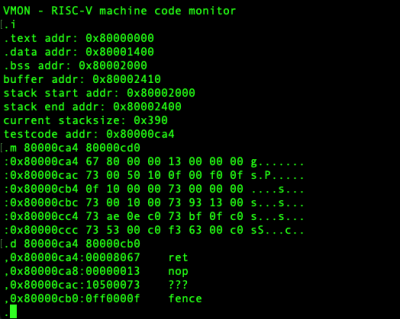Are you tired of the same old music, but can’t afford any new tunes, even if they’re on dead formats? Boy, do we know that feeling. Here’s what you do: build yourself a GlobeTune music player, and you’ll never want for new music again.
The idea is simple, really. Just turn what we assume is a nice, clicky knob, and after a bit of static (which is a great touch!), you get a new, random radio station from somewhere around the globe. [Alexis D.] originally built this as a way to listen to and discover new music while disconnecting from the digital world, and we think it’s a great idea.
[Alexis D.] has production in mind, so after a Raspberry Pi Zero W prototype, they set about redesigning it around the ESP32. The current status seems to be hardware complete, software forthcoming. [Alexis D.] says that a crowdfunding campaign is in the works, but that the project will be open-sourced once in an acceptable state. So stay tuned!
Speaking of dead-ish formats, here’s an Internet radio in a cassette form factor.



















